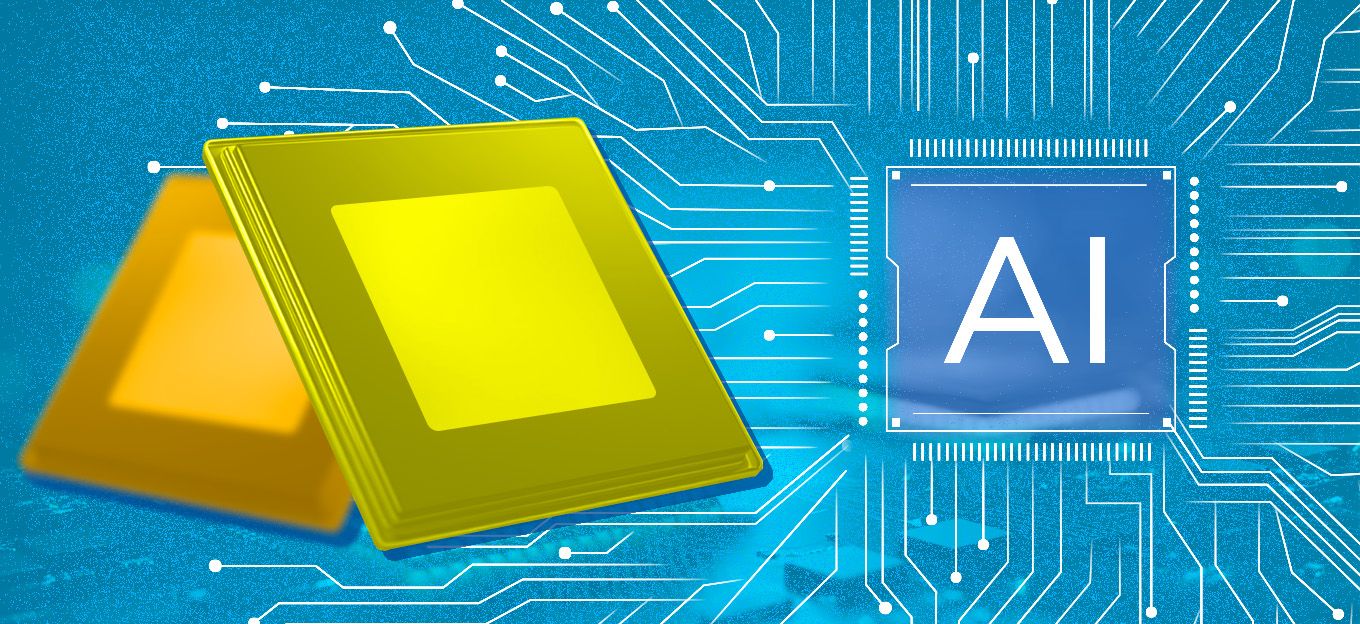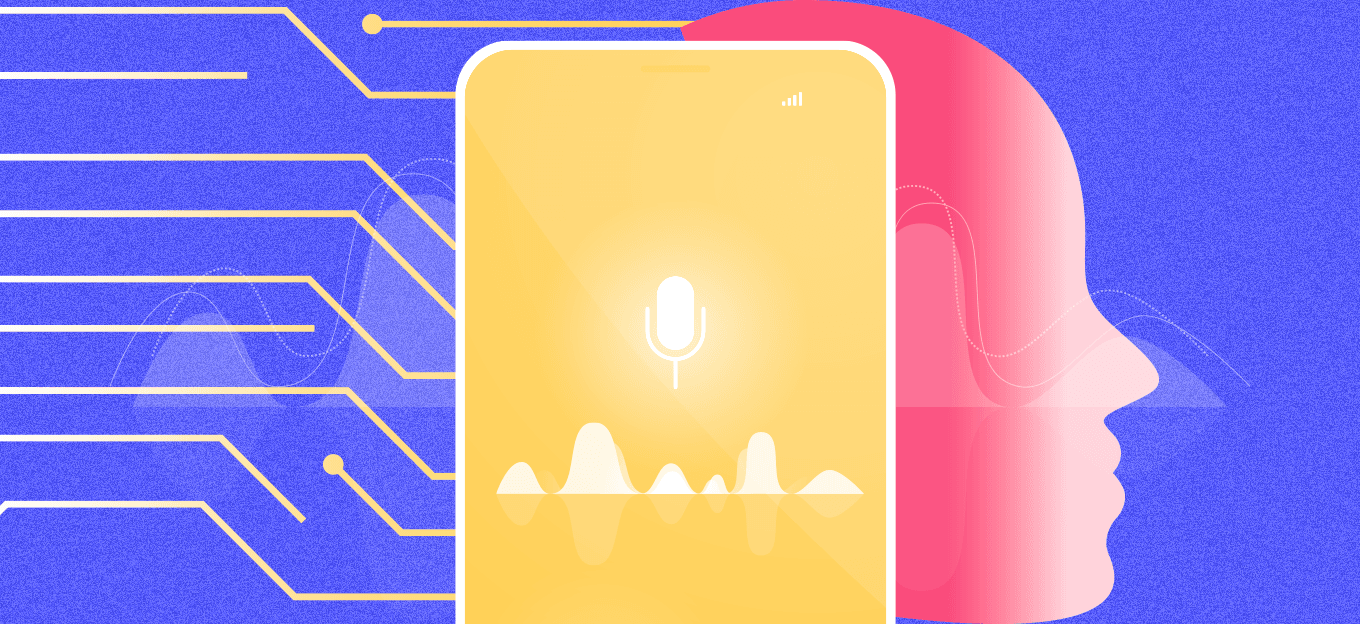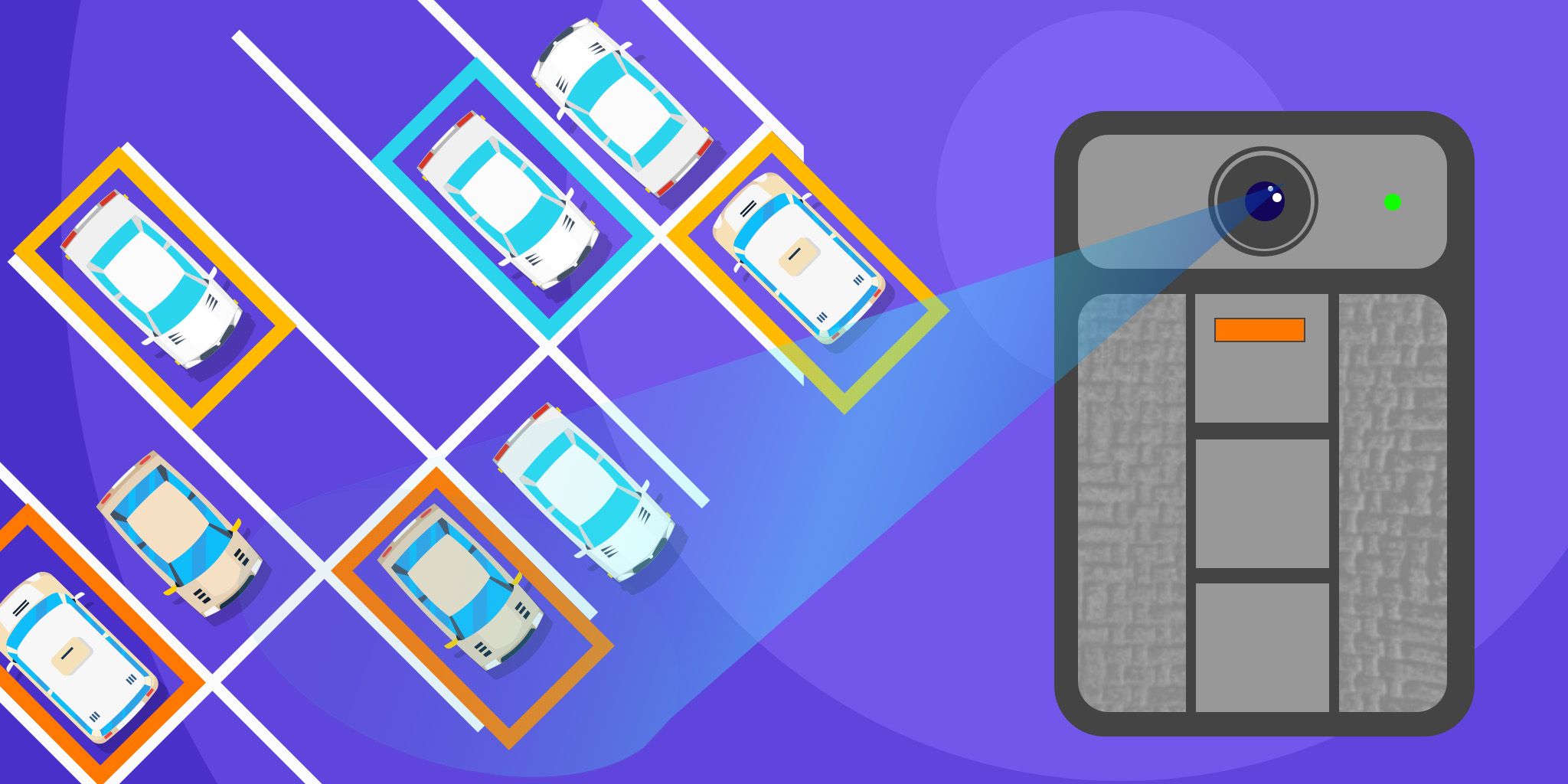What Are the Top-Rated AI Processors for IoT Applications?
What Are the Top-Rated AI Processors for IoT Applications?
- Last Updated: October 31, 2025
Synaptics
- Last Updated: October 31, 2025



The convergence of artificial intelligence (AI) and the Internet of Things (IoT) changes how connected devices operate, think and respond in the real world. As more shifts from the cloud to the edge, selecting top-rated AI processors for IoT applications becomes critical. Professionals must find chips that deliver fast, on-device inference while staying energy-efficient and compact.
The right processor helps reduce latency, enabling real-time decisions without waiting on the cloud, but challenges still exist. Limited connectivity and the need to run AI models that fit small footprints make processor selection more complex. The demand for low-latency, high-efficiency AI pushes vendors to rethink what an ideal IoT processor looks like, and professionals must keep up.
1. Synaptics
Synaptics offers purpose-built AI processors for intelligent IoT edge applications. Its Astra family includes the SL-Series systems on a chip and SR-Series AI microcontroller units (MCUs) optimized for multimodal inference. The SL-Series delivers high-performance edge AI with integrated neural processing units (NPUs), 4K video and wireless connectivity, which is ideal for complex devices running Linux or Android. On the other hand, the SR-Series enables ultra-low-power, always-on applications using microcontroller-level power budgets.
Synaptics also provides robust software support, including software development kits and compatibility with TensorFlow Lite and PyTorch. Integrated connectivity like Wi-Fi 7 and Bluetooth 6.0 strengthens its edge capabilities. Synaptics is a complete platform provider, offering top-rated AI processors for IoT applications that reduce latency, power use, and integration challenges across smart devices and industrial environments.
2. Qualcomm
Qualcomm offers a powerful lineup of AI processors to meet the demands of modern IoT and edge computing. Its solutions deliver high-performance on-device AI, support for 4K video, and advanced connectivity such as 5G and Wi-Fi 6/7. These chipsets are designed for smart cameras, industrial gateways, robotics and other edge use cases that require fast, local decision-making.
Qualcomm’s AI Stack supports popular frameworks like TensorFlow Lite and ONNX, while partnerships with platforms like Edge Impulse make deploying machine learning models easier. Developers also benefit from the strong ecosystem and long product life cycle support. Qualcomm balances processing power with connectivity, security and robust software integration.
3. NVIDIA
NVIDIA’s Jetson platform delivers high-performance AI processing tailored for IoT and edge applications. These compact systems simultaneously run multiple neural networks from entry-level Jetson Nano to advanced Jetson Orin modules. They are ideal for robotics, industrial automation, smart cameras and autonomous machines. Each module includes GPU-accelerated processing, which allows developers to deploy complex AI models easily.
Jetson devices support full-stack AI workflows, enabling fast development and real-time inference on the edge. With broad support for computer vision, sensor fusion and deep learning, NVIDIA makes it easier to build intelligent, autonomous IoT systems that do not rely on the cloud. It offers a proven and scalable platform backed by a strong community and enterprise-level support.
4. Intel
Intel delivers a comprehensive range of AI-enabled processors tailored for IoT and edge applications. Its lineup includes Intel Core and Intel Xeon Scalable processors, which handle AI inference with high performance-per-watt efficiency. These processors are built for industrial-grade reliability, offering long lifecycle support and compatibility with edge connectivity, real-time systems and ruggedized deployments.
It also provides robust software tools like the OpenVINO toolkit, which enable developers to optimize and deploy AI models efficiently across devices. With computer vision support, predictive maintenance and sensor analytics, Intel’s solutions are well-suited for manufacturing, smart cities and energy management. It boasts ecosystem maturity, global availability and scalable options across edge workloads, and is a trusted provider for teams seeking reliable, secure and flexible AI computing at the IoT edge.
5. Arm
Arm provides highly efficient AI processors for IoT edge applications through its Cortex central processing units and Ethos NPUs. The Ethos-U86 NPU — one of its latest releases — delivers up to 4 trillion of operations per second (TOPS) performance while improving energy efficiency by 20% over previous versions. It supports AI models with over one billion parameters by enabling advanced inference in constrained edge environments. Combined with the Cortex-A320, this platform supports applications like smart cameras, industrial sensors and edge gateways.
Arm’s processors are lightweight, scalable and designed for power efficiency, which is perfect for battery-operated or always-on devices. Developers benefit from a well-established ecosystem, flexible intellectual property integration and extensive support for AI frameworks, which offers the right balance of performance, efficiency and integration flexibility.
6. Hailo
Hailo offers AI processors specifically built for edge IoT applications, with its flagship Hailo-8 chip delivering up to 26 TOPS while consuming just 2.5 watts. Because makers designed it around a unique dataflow architecture, Hailo processors efficiently handle complex AI workloads like real-time video analytics, sensor fusion and object detection directly on-device. Their compact M.2 and mini peripheral component interconnect express modules make integration easy for smart cameras, industrial machines and retail edge systems.
This entity supports leading AI frameworks such as TensorFlow and PyTorch, which enable developers to deploy models quickly and reliably. It is also a powerful and scalable option purpose-built for demanding IoT use cases. Trusted by companies like Schneider Electric, Hailo’s solutions are optimized for low-latency, high-efficiency AI at the edge.
Comparison of Top-Rated AI Processors for IoT Applications
Here is a side-by-side table to help IoT and AI professionals quickly compare core capabilities of each provider.
Company | AI Capabilities | Typical Use-Cases and Differentiators |
Synaptics | AI-native MCUs designed for vision, audio and sensor fusion | Smart appliances, factory automation, charging infrastructure and health care or retail edge devices. |
Qualcomm Technologies | Strong hardware and software ecosystem for edge AI | Industrial gateways, smart-city modules and upgraded legacy infrastructure to smart-IoT |
NVIDIA | Powerful computer of vision, robotics and edge analytics | Edge AI for robotics, autonomous systems and video analytics |
Intel Corporation | Seamless integration across edge devices and modules | Industrial automation, smart infrastructure and large-scale edge deployments |
Arm Ltd. | Scalable NPU up to ~4 TOPS, 20% more energy-efficient than prior generation | Smart sensors, constrained battery-powered IoT and wearable or embedded vision and voice |
Hailo Technologies | Up to 26 TOPS with ~2.5 W typically for Hailo-8 | Vision analytics, smart surveillance and edge devices that need high AI performance but limited power |
Choosing the Right Partner for Smarter Edge Intelligence
Selecting one of the top-rated AI processors for IoT applications can directly impact a project’s success, performance and scalability. It’s essential to evaluate the use case, align with the right vendor and prototype early to ensure real-world compatibility. Choosing a strategic processor partner unlocks faster and more efficient edge intelligence.
The Most Comprehensive IoT Newsletter for Enterprises
Showcasing the highest-quality content, resources, news, and insights from the world of the Internet of Things. Subscribe to remain informed and up-to-date.
New Podcast Episode

What is Hybrid Connectivity for IoT?
Related Articles





